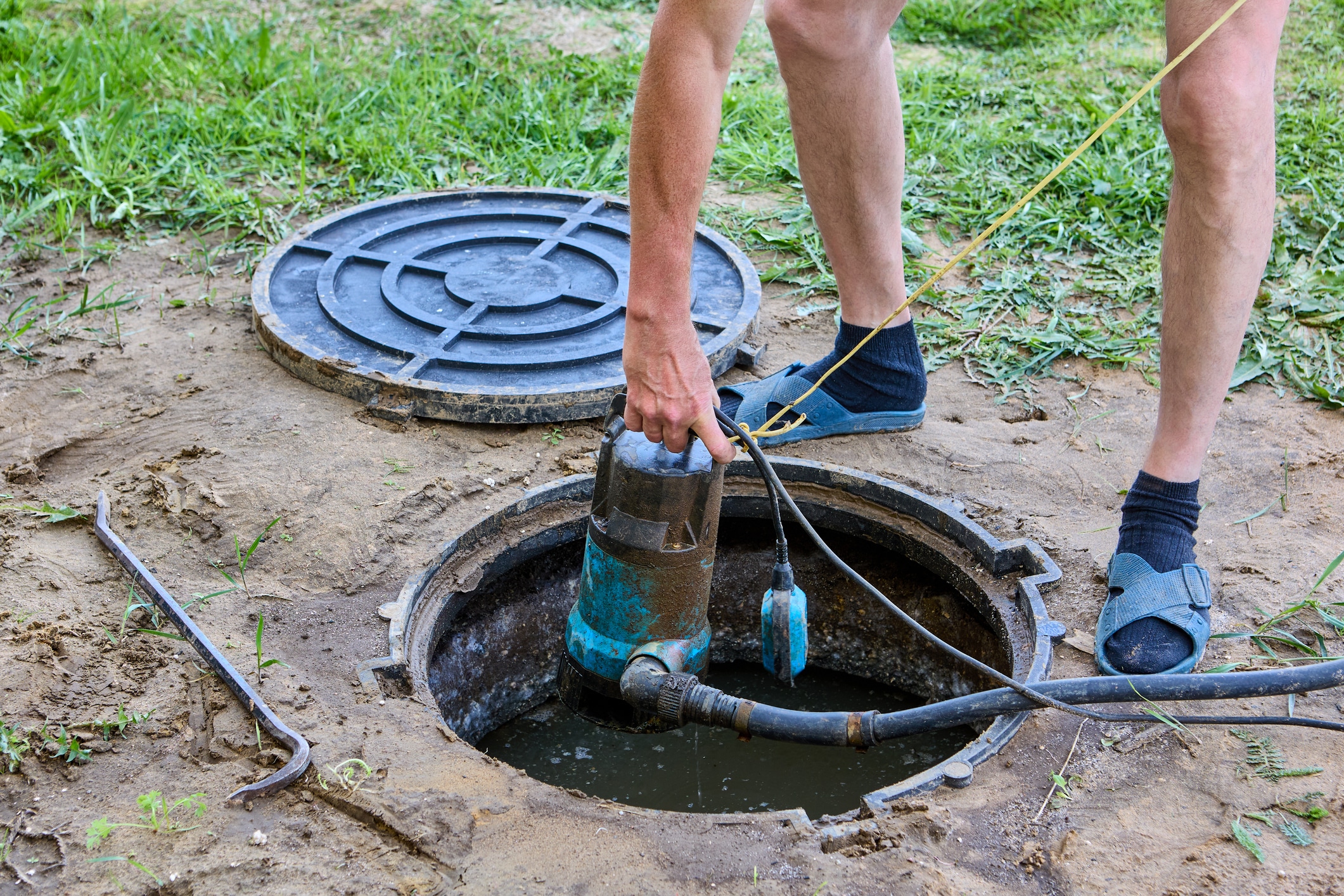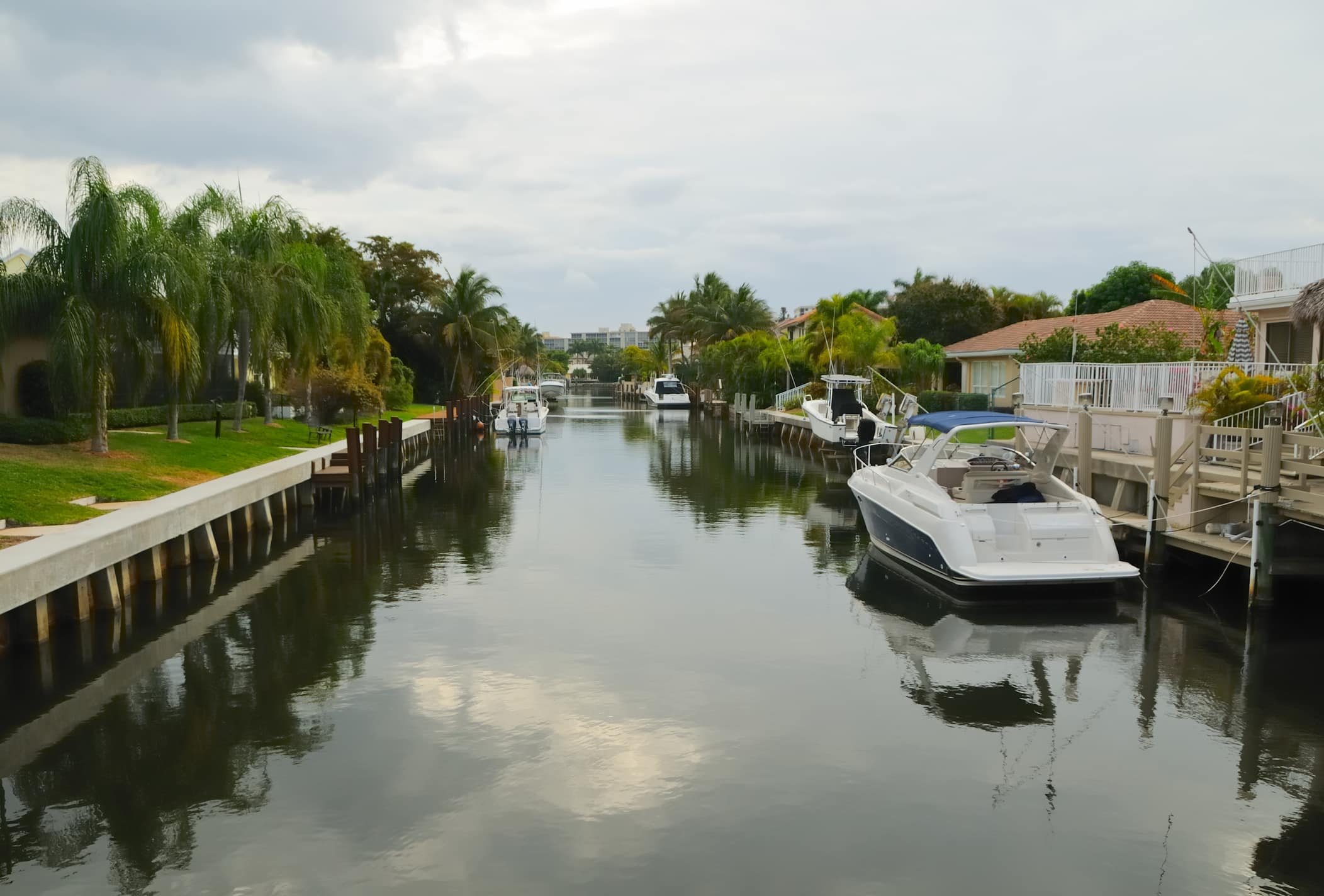Seawalls are designed and built to resist storm surge and waves, so it should be no surprise that over time, the forces exerted on them can take a heavy toll – sometimes requiring professional seawall repair to correct. Nevertheless, if you have a seawall on your property, you also have a responsibility to perform some routine maintenance tasks on your own.
Not quite sure what those might be? No problem. Our team of seawall experts put together the following tips to help, when it comes to longating your seawall’s lifespan.
1. Perform a Visual Inspection
One of the first maintenance tasks you should perform is to inspect the surface of your seawall. This allows you to identify any small problems that may need closer attention to avoid becoming major issues.
The types of problems you may encounter depend on the material your seawall is made out of. For example, a wooden wall might be susceptible to splitting, termite damage or rot, while a vinyl or concrete wall may crack over time. In short: know what you’re working with.
2. Apply Waterproofing
Some seawall construction materials are better able to withstand the water than others. The other materials may benefit from spray-on waterproofing products that are easy to apply and provide an extra layer of protection.
3. Unclog Weep Holes
The weep holes are the pressure valves of your sea wall, relieving the stress on it from the water it holds back on the seaward side and the saturated ground on the other. Unfortunately, the water may carry debris with it, such as trash, leaves, twigs, and sometimes tree limbs. The debris can clog the weep holes, preventing water from flowing through them freely. To ensure proper water flow, you should check the weep holes on a regular basis, making sure they are clear.
4. Clear Out Any Vegetation
Water is essential to the survival of plant life, which it collects through its root systems. When water is not readily available, a plant’s root systems can extend very far from the stem. Sometimes the roots exploit vulnerabilities within the seawall and extend down into it. This can cause the deterioration of the seawall from the inside out. You should look for plant growth in the area of your seawall during your regular inspections and make a point of removing it.
5. Seal Minor Cracks
Cracks in your seawall may compromise the integrity of the entire structure. If you find any during your inspection, you should take steps to repair them right away. You may be able to seal minor cracks yourself using marine grout or liquid concrete. If cracks are more serious, it’s always best to leave it to the professionals.
Don’t Take Any Chances, Contact The Best
Sealing minor cracks may be just a temporary fix, and some cracks that look minor may be concealing a more dangerous problem. When in doubt, you should consult the professionals at All State Civil Construction.
We are the top choice in Florida for maintenance and repair of all seawall structures – contact us online, or call (386) 465-2187 today!









